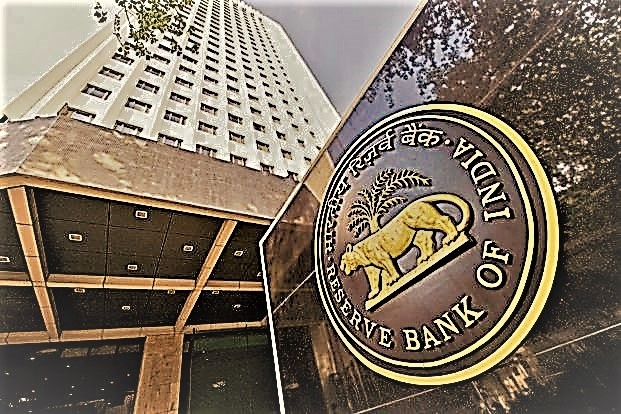Simplifying framework for resolution of stressed assets: What RBI actually says
Total Views |
By Prof. CA Jayant Pitre
The Reserve Bank of India (RBI) has unveiled a new charter of rules for recognising bad loans and scripted the guidelines how to resolve them. RBI has made the banks responsible for timely recognising bad loans and said that failure to recognise them will invoke special penalties on banks. The apex bank has charted special rules for loans over Rs 500 crore and over Rs 2,000 crore. The RBI guideline is a 20 paged document with a vivid use of banking terminologies highly complicated for the common man who is the direct sufferer of the stressed assets scenario whose money is lent by the banks.

The new guidelines issued by RBI vide ‘DBR.No.BP.BC.101/21.04.048/2017-18’ dated February 12, 2018, are meant for Scheduled Commercial Banks (UCBs, RRBs excluded). The guidelines seek to harmonise and simplify the framework for the resolution of stressed assets, especially in the light of the enactment of the Insolvency and Bankruptcy Code, 2016 (IBC), replacing its existing guidelines.
1. Central Repository of Information on Large Credits (CRILC)
CRILC will keep track of all borrower entities having aggregate exposure of Rs. 5 crores or more. The banks will have to submit a report on all such accounts by April 1, 2018. But in respect of accounts in default, the reporting will have to be started by Feb 23, 2018, and thereafter update the same on a weekly basis, at the close of business on every Friday.
2. Special Mention Accounts (SMA)
The guidelines have introduced the concept of ‘Special Mention Accounts’ while describing all irregular accounts with exposures in excess of Rs. 5 crores. The classification into categories is harsh, particularly for a term loan, as a delay of even 1 day in repayment will be considered as a default, whereas in the case of a cash credit/ overdraft type of an account the borrower will get 30 days’ time.
3. Early identification and reporting of stress Special Mention Accounts
| SMA Sub-categories | Basis for classification – Principal or interest payment or any other amount wholly or partly overdue between |
| SMA-0 | 1-30 days |
| SMA-1 | 31-60 days |
| SMA-2 | 61-90 days |
4. Implementation of a Resolution Plan (RP)
One good thing about the guidelines is that the borrower in default with any of its lender will be required to form a “Resolution Plan” which includes Restructuring, involving all his lenders. In earlier scenario where a borrower could be a defaulter for one lender while maintaining sound business relations with others is no longer possible. The resolution can’t be said to be ‘implemented’ unless the borrower is not in default in respect of a single lender.
5. Credit Opinion
There are additional requirements for large borrowers exposure for which is Rs.100 crore & above. An independent credit evaluation (ICE) will be required to be undertaken by the borrower by approved credit rating agencies (CRAs). The credit rating obtained should be RP4 or better.
6. Large Borrowers
To begin with RBI has laid down clear guidelines as to when the lender should file for bankruptcy, specifically for borrowers with exposure of more than Rs. 2,000 crores.
- A resolution Plan will have to be in place for all such borrowers in default:
- If in default as on 31st March 2018, then within 180 days.
- If in default after 31st March 2018, then 180 days from the date of first such default.
- Thereafter the borrower can’t commit a single default until 20% of his outstanding balance is repaid.
7. Obligatory for the lenders to file insolvency application
If a RP in respect of such large accounts is not implemented or a default is committed as above, (before repayment of 20%), then it is obligatory for the lenders to file insolvency application, singly or jointly, under the Insolvency and Bankruptcy Code 2016 (IBC) within 15 days.
8. Borrowers between 100 crores to 2,000 crores
For other accounts with aggregate exposure of the lenders below Rs.2,000 crores but above Rs.100 crores, the Reserve Bank intends to announce, reference dates for implementing the RP over a two-year period.
9. Penalties for violation
Any intent to conceal the actual status of accounts or evergreen the stressed accounts will be subjected to stringent supervisory / enforcement actions, including, higher provisioning on such accounts and monetary penalties